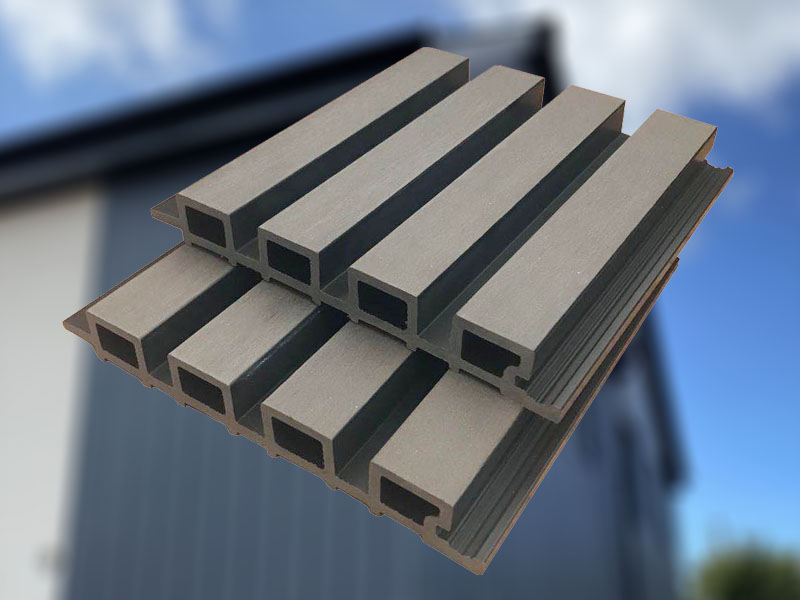
Popular mold of Exterior Wall Cladding 211*28
WPC Siding, Wall Cladding, Composite Cladding Boards
Cladding is a construction term that refers to the process of applying one building material over another, primarily to add a layer of protection against the environment. While an important factor in weather resistance, cladding also improves the insulating properties and aesthetic appearance of a building.
A properly installed cladding system helps a building resist cracking caused by extreme temperature fluctuations, sunlight, strong winds and airborne pollutants such as mold. Cladding protects the material underneath from moisture caused by rain and snow and, with certain materials, can require less annual maintenance. Cladding also strengthens a building’s fire rating.
While these practical structural advantages are important, architects and homeowners also choose cladding material based on style, texture and color to create a unique exterior aesthetic.
WPC Cladding / Different types of wall cladding are the surface of the building. Just like the face of a man, treat your wall with composite cladding, then you will have one wood-like and natural surface wall, close to nature, close to the wood, but superior to wood in split and rot resistance.
Wood-composite cladding is growing in popularity. First introduced in the early 1990s, wood-composites, made from a mixture of reclaimed wood and plastic film, have improved in performance and look over the past 30 years. Various grain patterns and myriad color choices, combined with tough durability in the shell, have led to the emergence of decking as cladding.


 English
English Japanese
Japanese Spanish
Spanish German
German Russian
Russian Arabic
Arabic Portuguese
Portuguese French
French Korean
Korean Norwegian
Norwegian Finnish
Finnish Danish
Danish Turkish
Turkish Vietnamese
Vietnamese Thai
Thai